Trademarks
Trademark Your Business the Right Way with Parsons & Goltry
As Phoenix's most experienced patent and trademark attorneys, we understand the importance of protecting your brand and intellectual property. Our beautiful and modern offices located in Scottsdale, Arizona, are just minutes off the Loop 101.
Why Choose Parsons & Goltry for Your Trademark Needs?
30 Years of Experience
Our team has been serving satisfied clients throughout the US and internationally for almost three decades.
Personalized Services
We provide customized trademark services to meet your needs, never resorting to boilerplate templates.
Partner-Led Services
ALL OF THE WORK IS DONE BY THE PARTNERS. You will never be assigned anyone "junior."
Flexibility
Our clients have the option of choosing either a fixed fee or flexible fee payment schedule to accommodate their budget.
No Hidden Fees
We never bill our clients for taking phone calls or responding to emails.
Extensive Specialization
Parsons & Goltry offers a wide range of IP services, including IP strategy advice, prior art and clearance searches, trademark preparation, prosecution, and management.
At Parsons & Goltry, building a trusting relationship with our clients is our #1 goal. We will work with you every step of the way to protect your intellectual property and achieve your business goals.
Contact us today to schedule a free consultation, and let us help you protect your brand and grow your business.
What are your needs?

Patent Law
Protect your Ideas and Designs with a patent lawyer

Trademark Law
Protect your Brands and Goodwill with a trademark lawyer

Client Approved
“”
“”
“”
“”

10643 North Frank Lloyd
Wright Blvd. Suite 201
Scottsdale, AZ 85259
Phone: (480) 991-3435
Open 9-5pm Monday - Friday
Arizona’s premiere patent attorneys serving clients throughout the U.S. and internationally for almost 30 years.
Located in Scottsdale, Arizona, we serve clients locally as well as throughout the United States and across the world.

